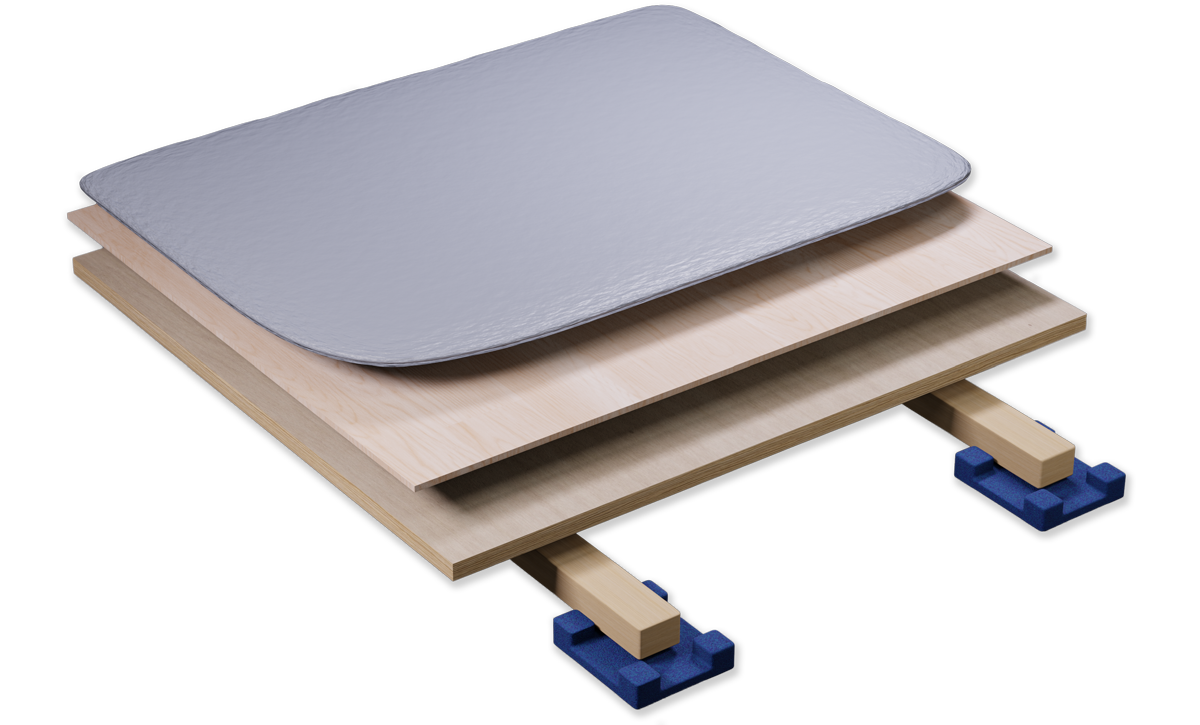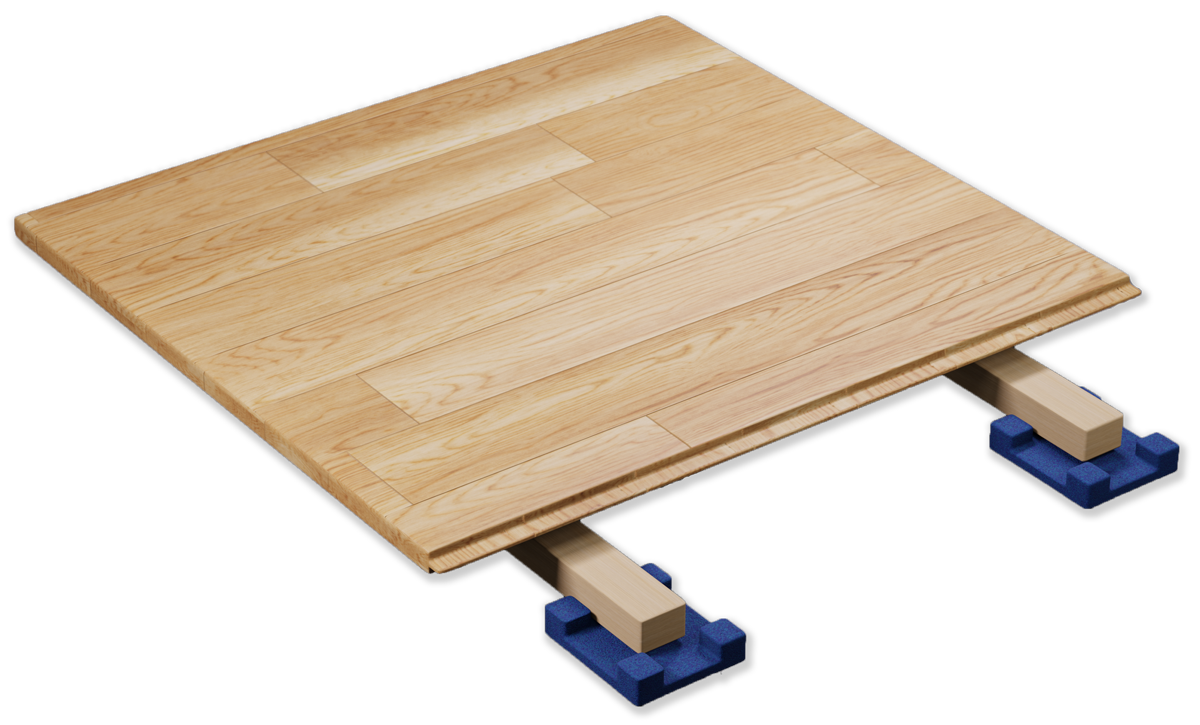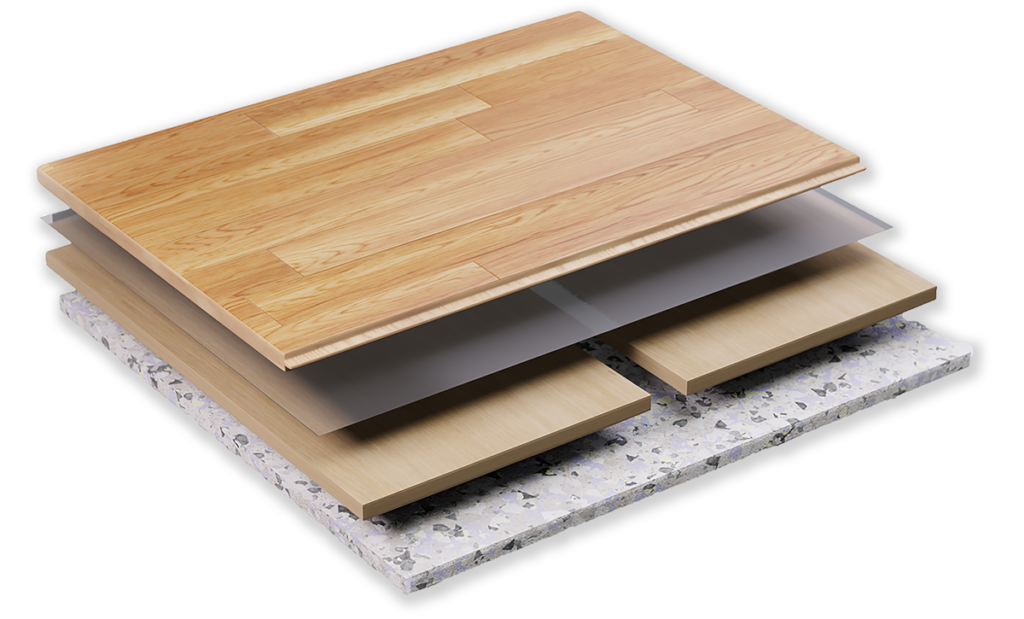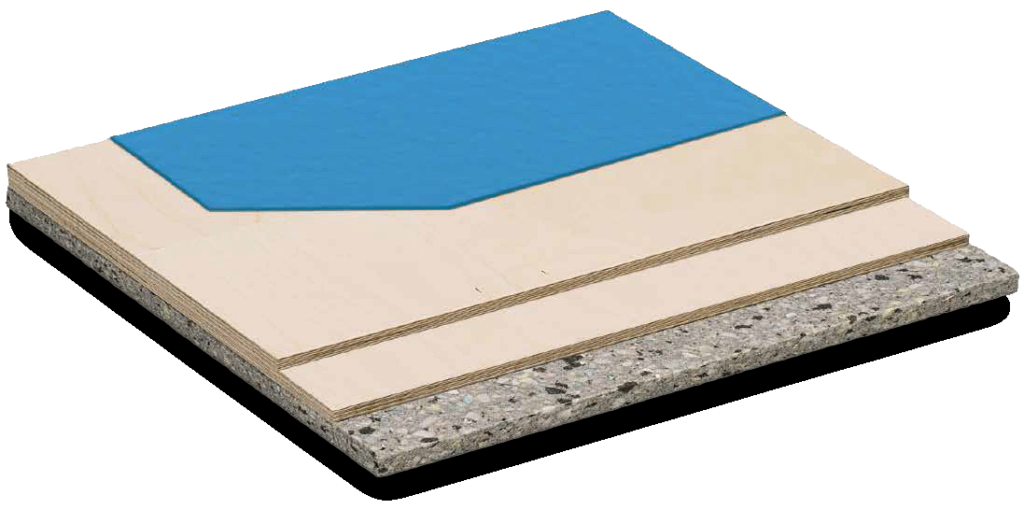Updated ESFA Guidelines
Are you up to date with the latest ESFA Outline Specification?
The ESFA now requires all sports, multi-purpose and activity floors to be area elastic!
Previously the ESFA allowed P1-P3 (Point Elastic) foam-backed vinyls to be used within their funded projects. However, with the new phase of education spending, the ESFA’s new guidelines now require the use of EN14904 certified Area Elastic Category A3 or A4 systems only.
Point Elastic, foam-backed or pad-based playing surfaces now have been judged to be unsuitable within ESFA-funded projects. The soft pad or foam sponge backing can expose issues with indentation and point load resistance, as well as not being suitable for portable or bleacher seating units. Additionally, due to their high rolling resistance, point elastic floors are not ideal for wheelchair sports.
Conversely, Area Elastic Systems deflect an impact over a wide surface area, providing the highest levels of shock absorption and comfort. This is the best solution for multi-sports, offering high levels of performance and indentation resistance, therefore making it an excellent choice for all types of sporting and non-sporting activities. Area Elastic Systems are a particularly good choice for wheelchair sports, and are recommended by British Wheelchair Basketball as well as Table Tennis Wales and England Handball.
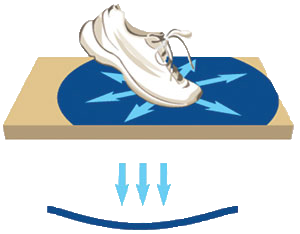
Two categories of Area Elastic floor are approved by the ESFA, Categories A3 and A4. They define slightly different levels of shock absorption, comfort, and vertical deformation that area elastic floors must meet under the EN 14904 standard, see Table 1 below.
| Test Criteria | Category A3 | Category A4 |
| Shock Absorbtion | ≥40 <55 | ≥55 <75 |
| Vertical Deformation | ≥1.8mm<3.5mm | ≥2.3mm<5mm |
Category A4 floors are particularly suitable for activities and sports that require high levels of comfort, as they provide superior levels of shock absorption and vertical deformation.
What to consider when choosing a sports floor
There are several factors to consider when advising clients who are looking to install new flooring or refurbish their existing sports hall or multi-purpose areas.
Current considerations when choosing a new sports floor include: initial cost, performance characteristics, durability, sporting and non-sporting usage such as examinations, comfort levels, compliance with The Equality Act 2010, floor protection for hardwood surfaces to avoid scratch or indentation damage, life-cycle costs, maintenance, rolling and point load resistance.
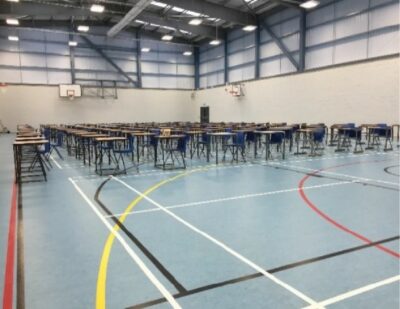
A3 or A4 area elastic sprung systems typically offer high indentation resistance and can withstand high rolling loads from retractable seating or sports equipment, as well as being ideal for non-sporting usage such as school events or community use. The ESFA’s latest specification also details a minimum requirement for larger educational establishments (over 900 students) to provide retractable seating therefore sprung systems need to be finished with a solid playing surface such as timber, solid vinyl, solid linoleum or non-pad based seamless PU.
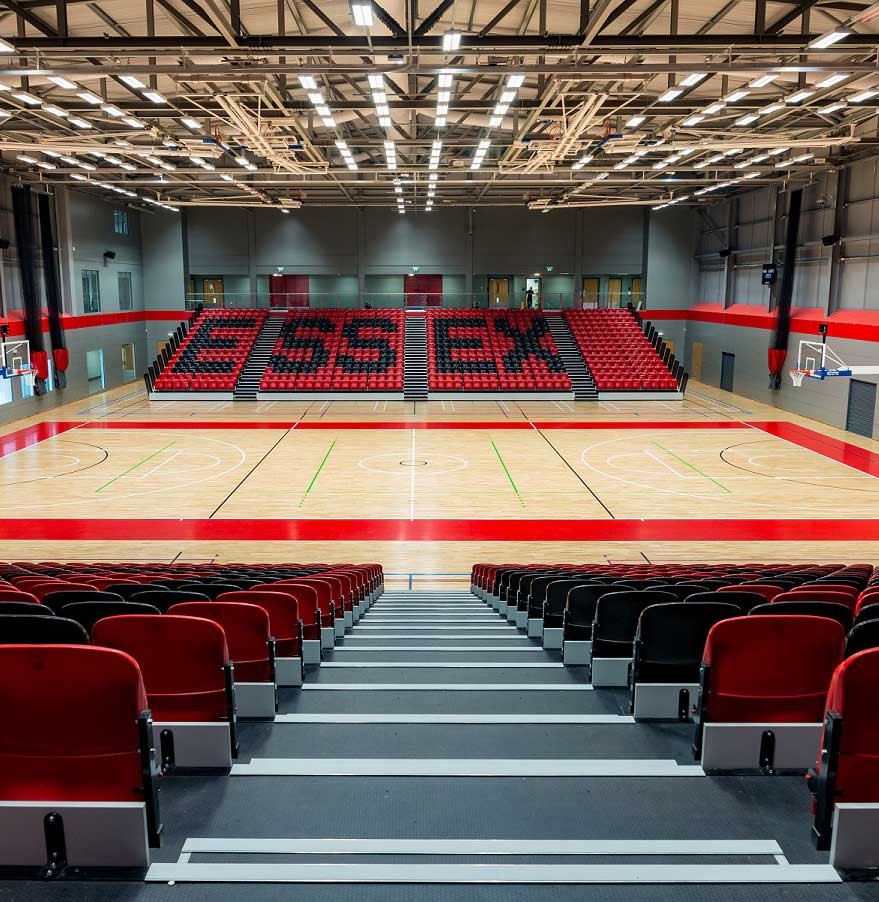
If, as a specifier, you are designing a new space for sports or multi-activity then DYNAMIK can provide up to date technical guidance from the leading UK sports governing bodies. Having Official & Technical partnerships with Basketball England, England Netball, the BBL, British Wheelchair Basketball, and Basketball Wales, DYNAMIK can offer the best advice to schools, colleges and universities across the UK when it comes to choosing the right flooring.
DYNAMIK’s Area Elastic Floor Systems
